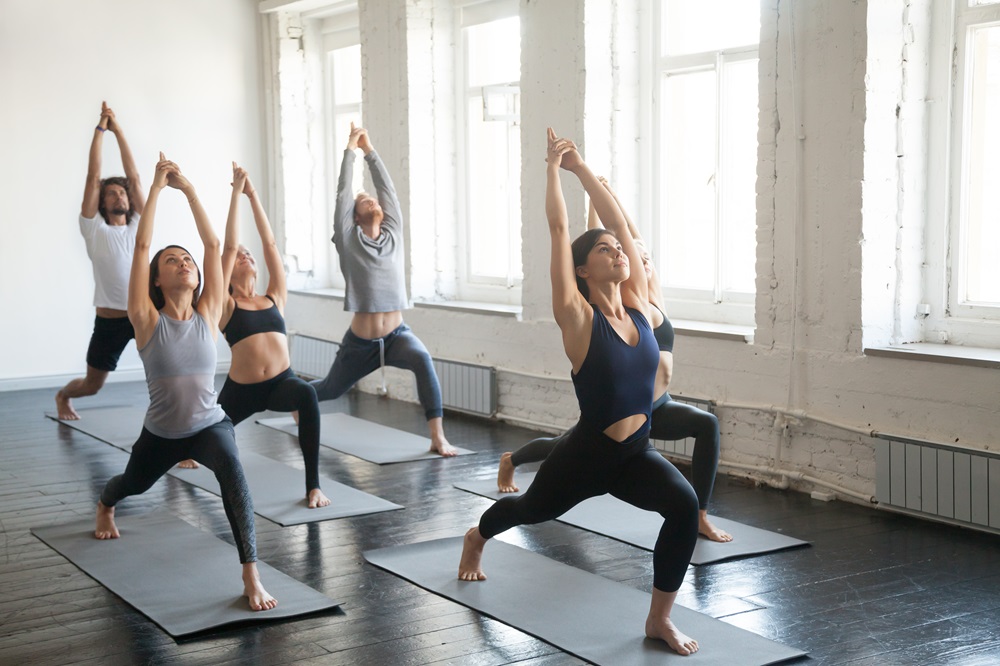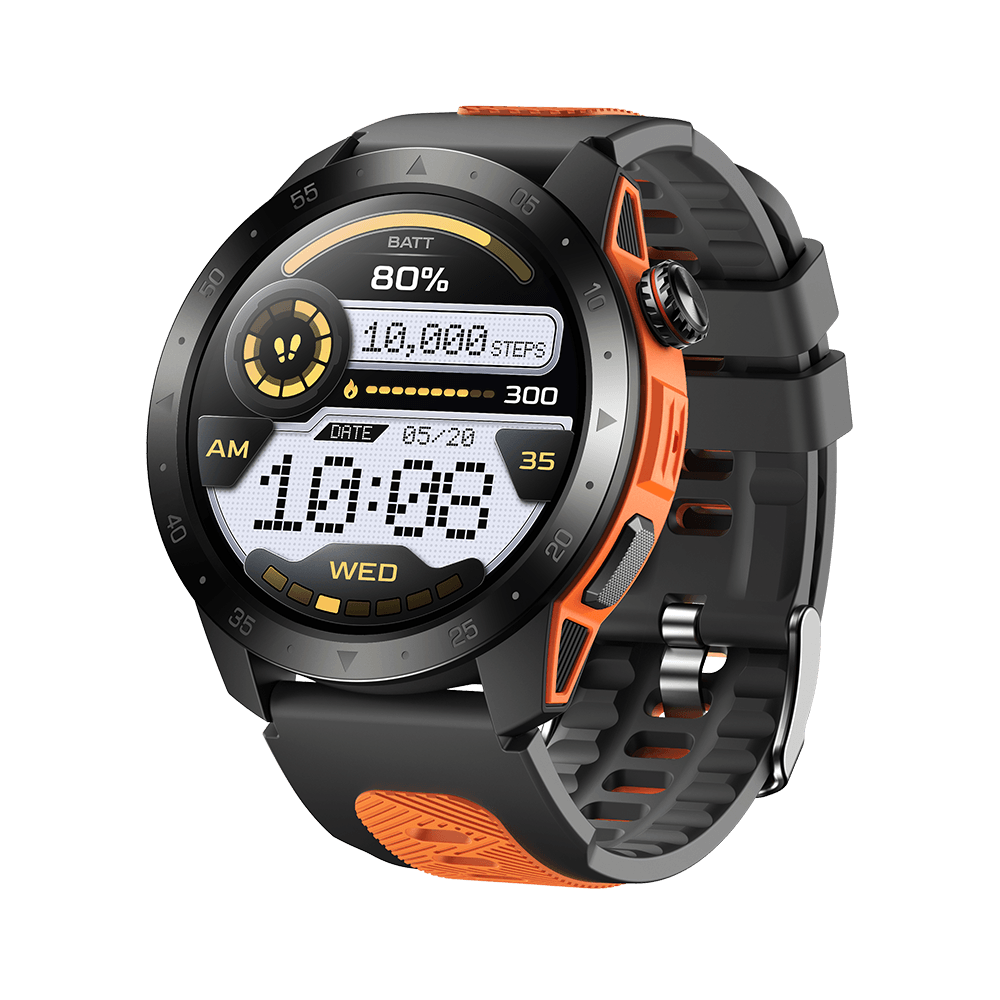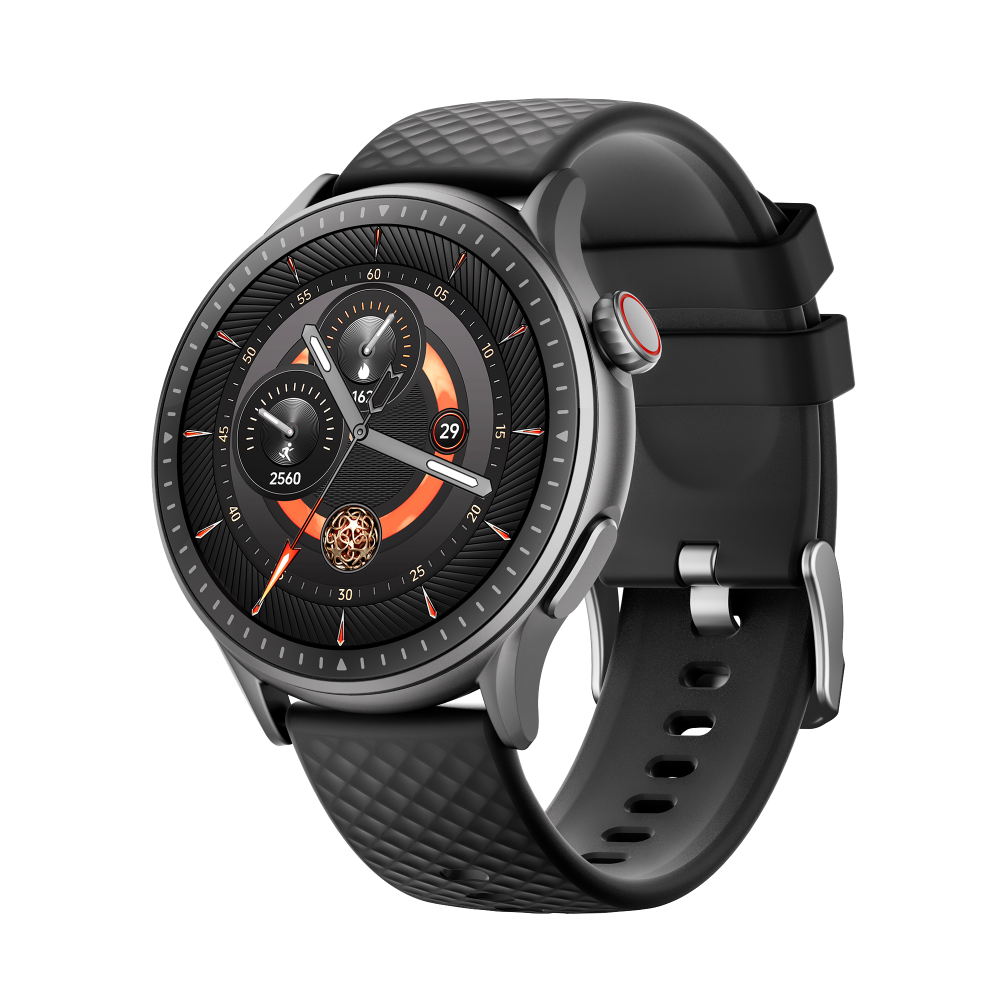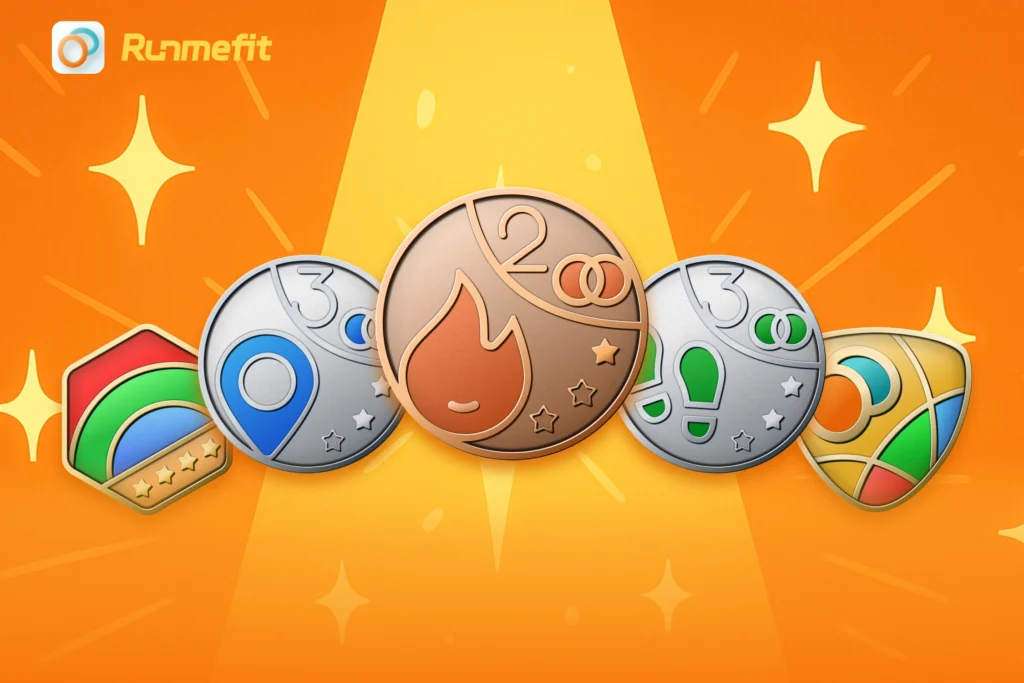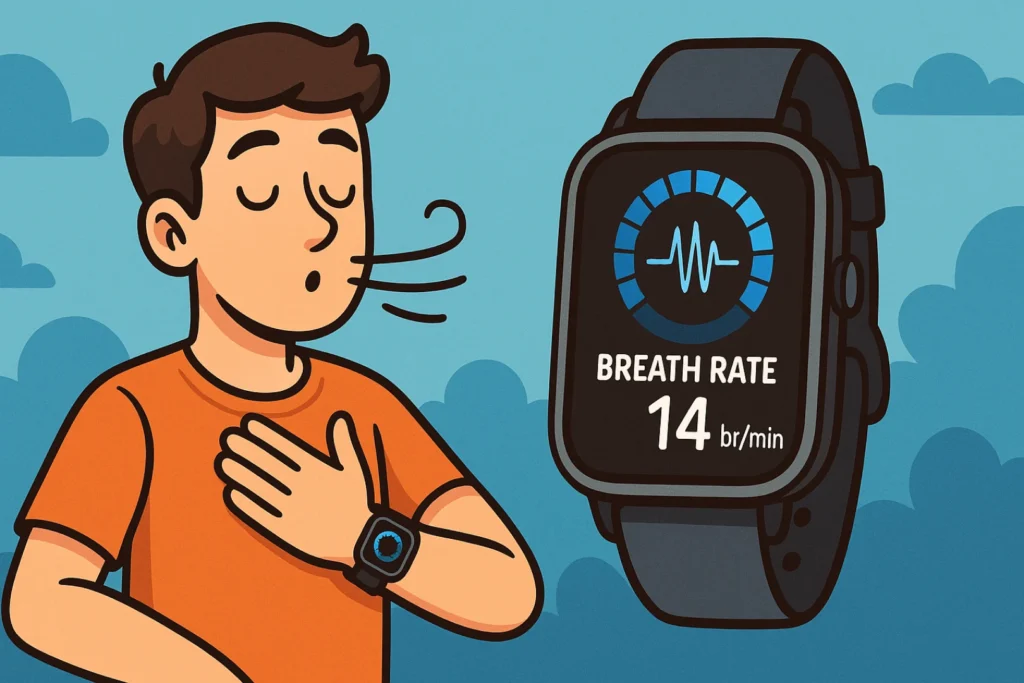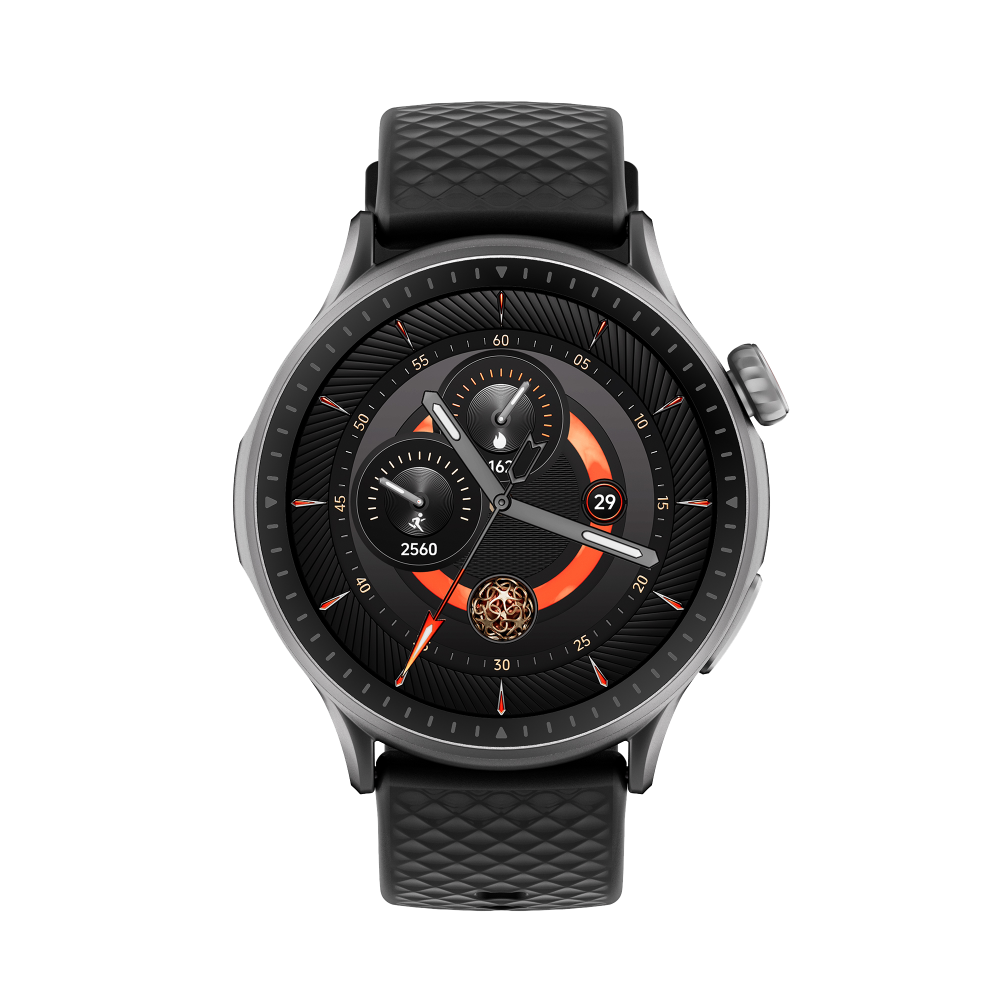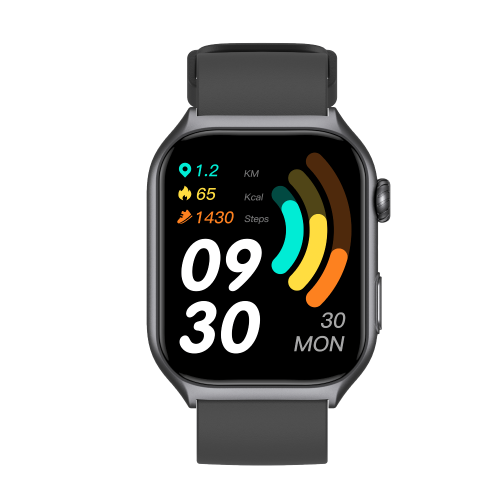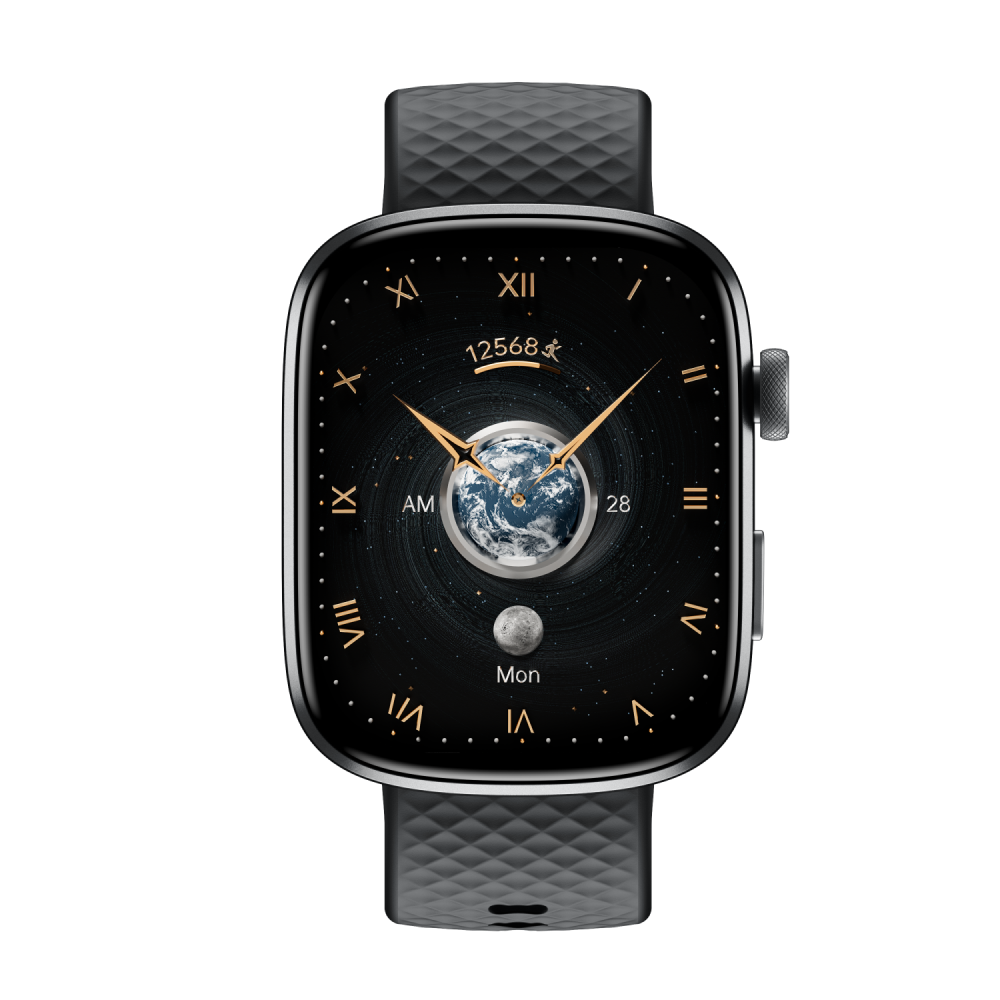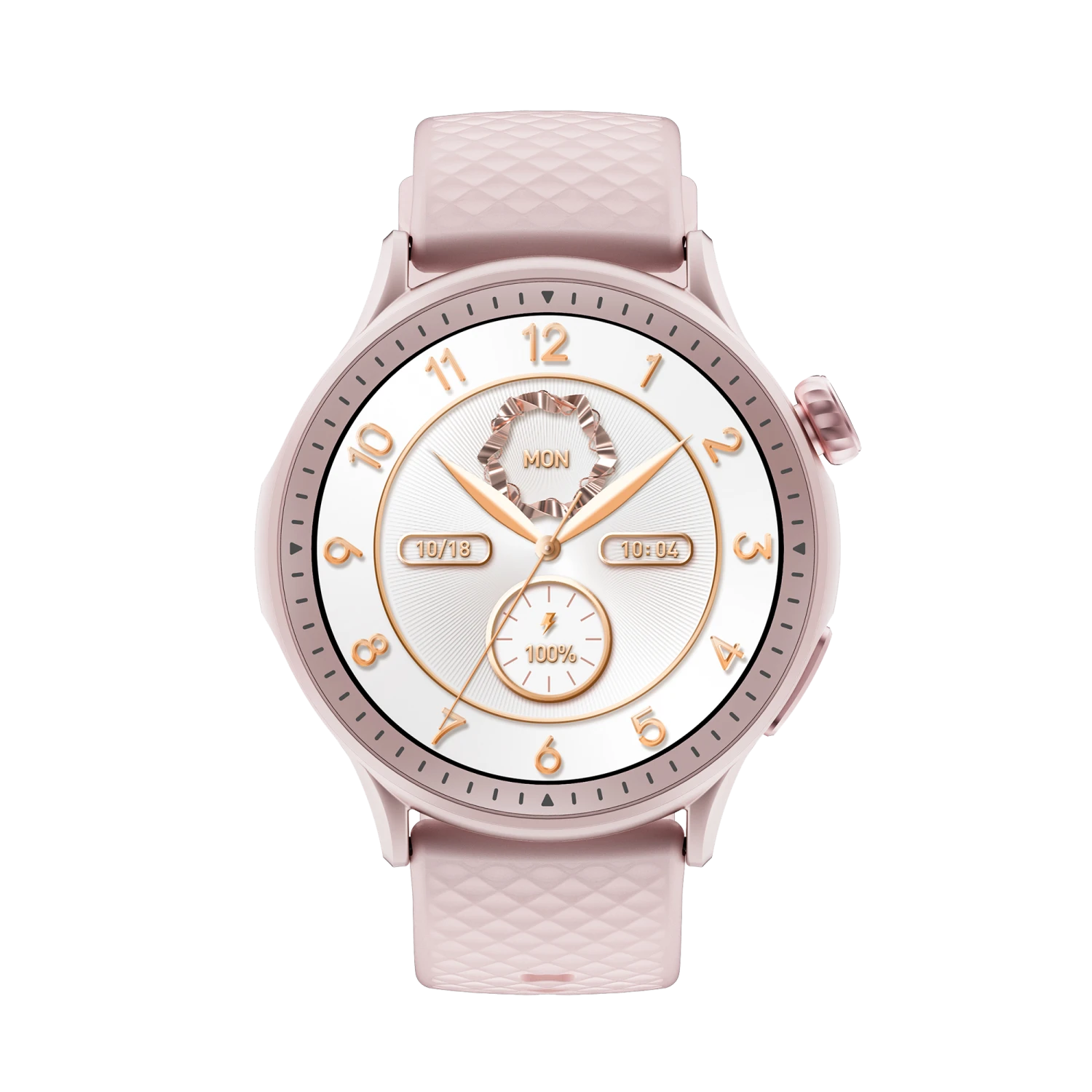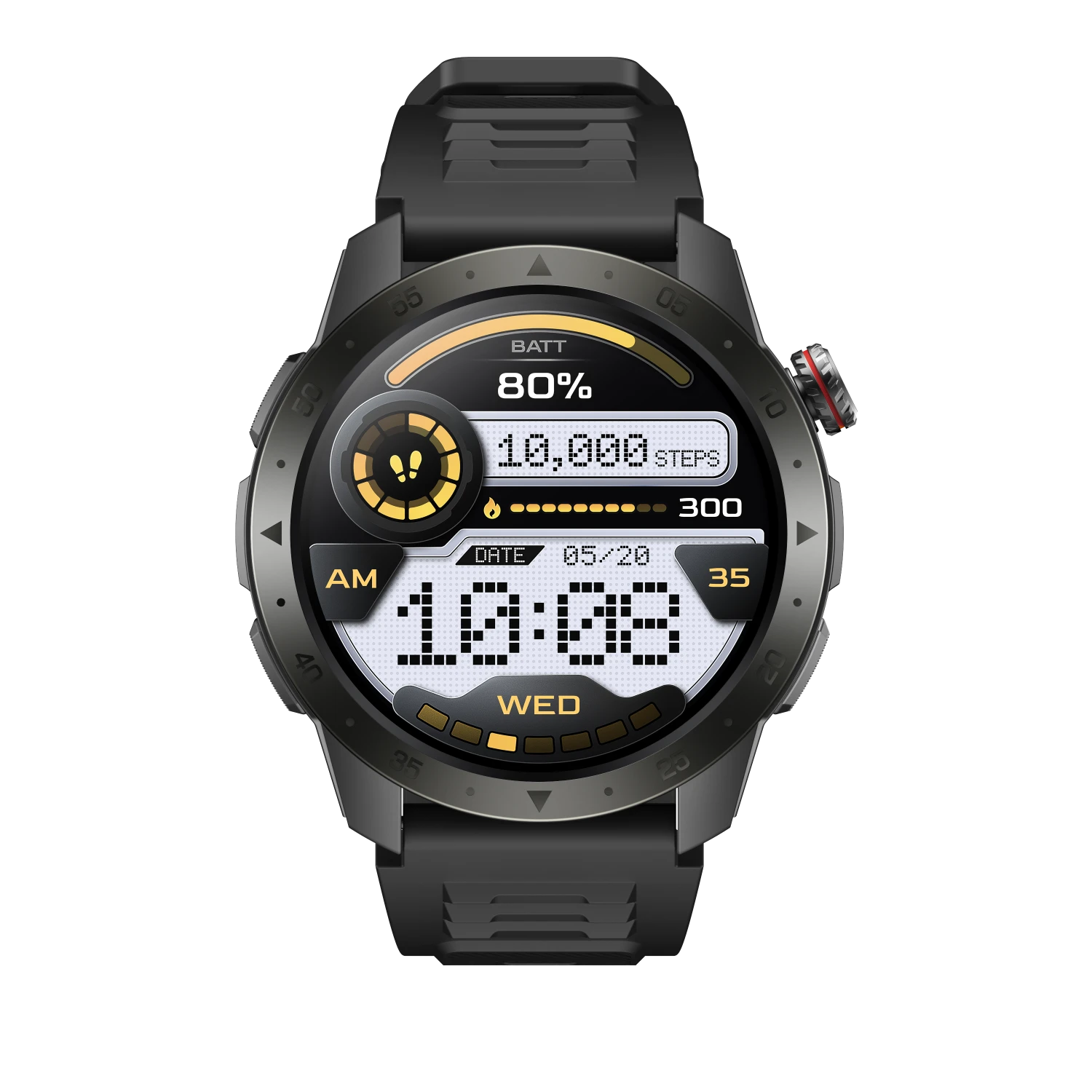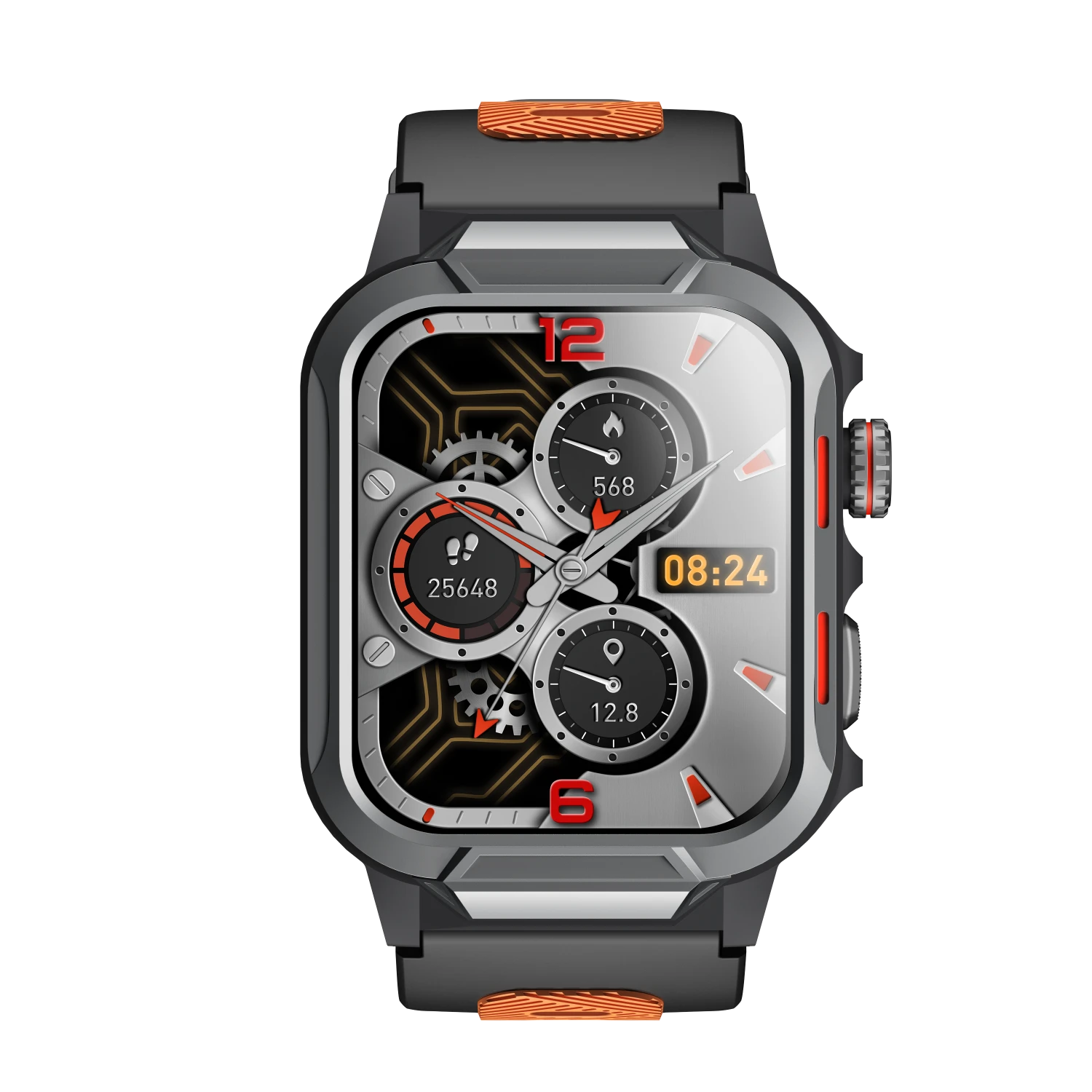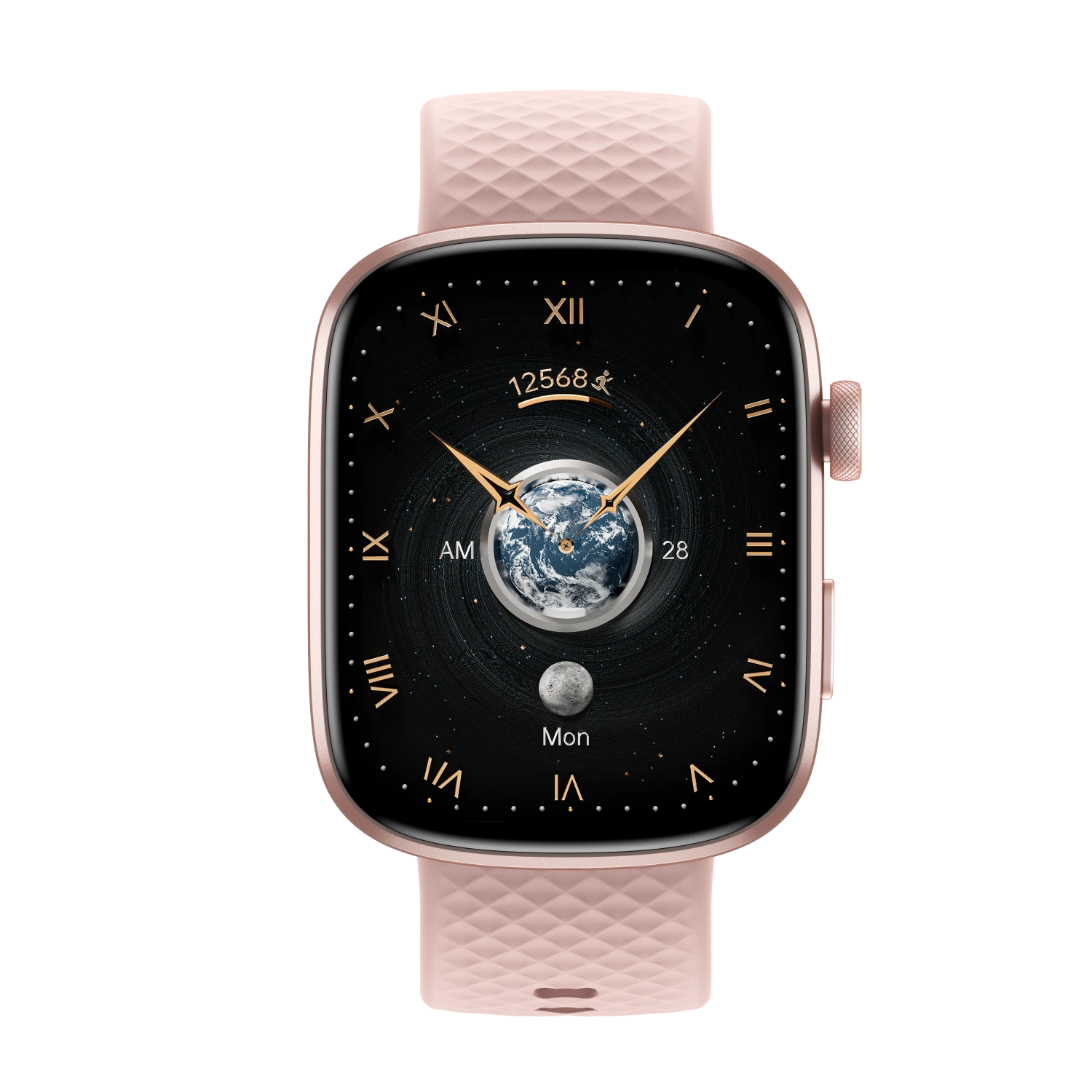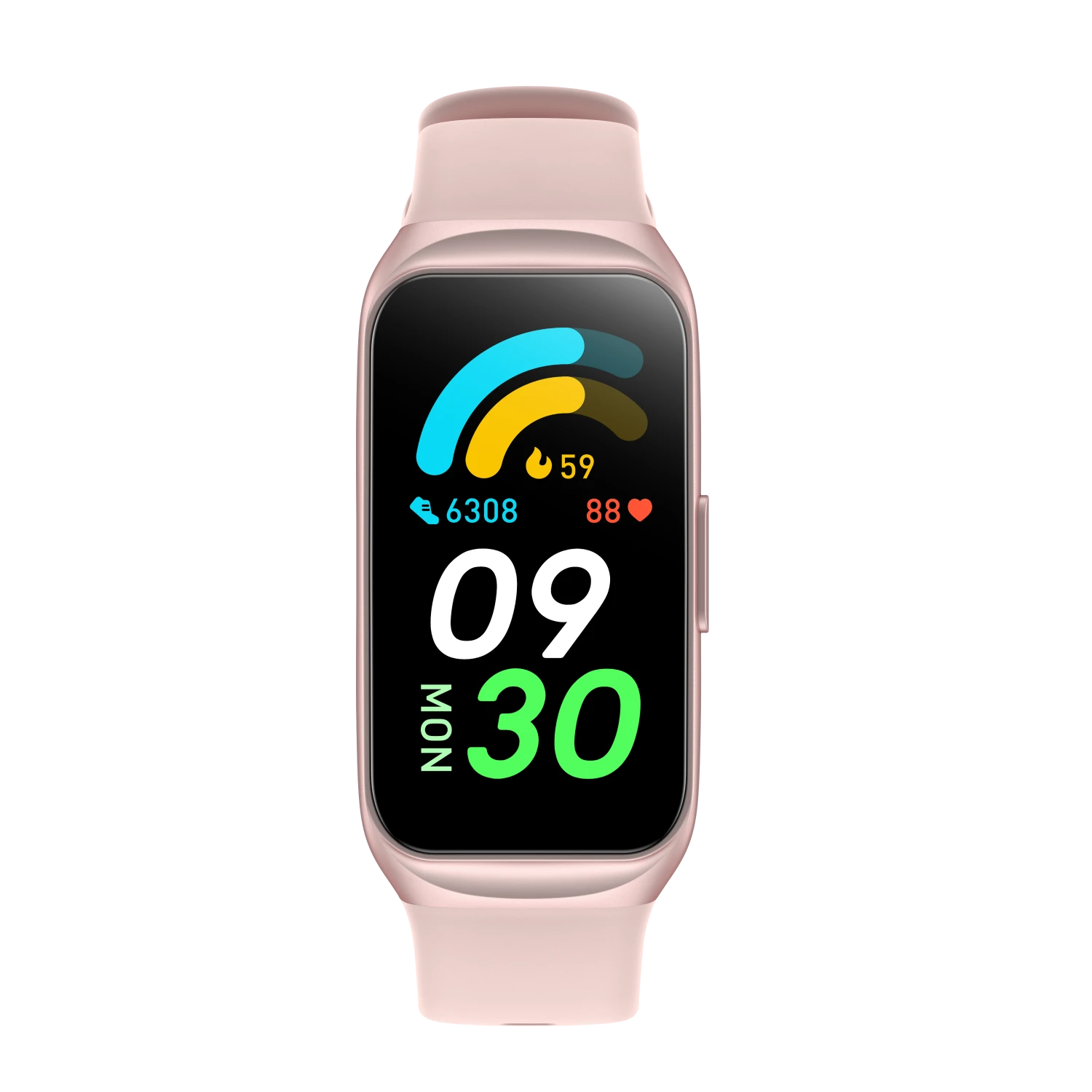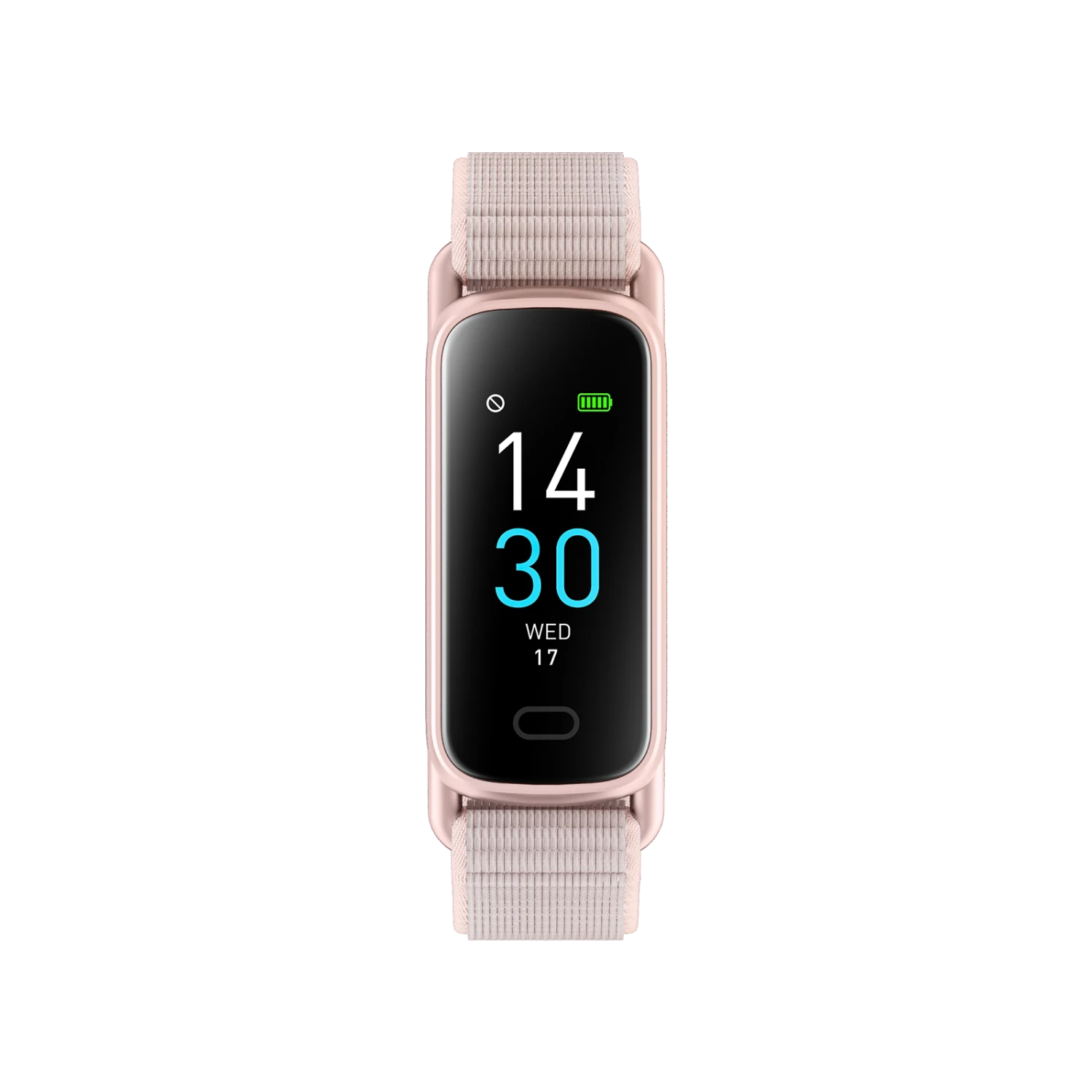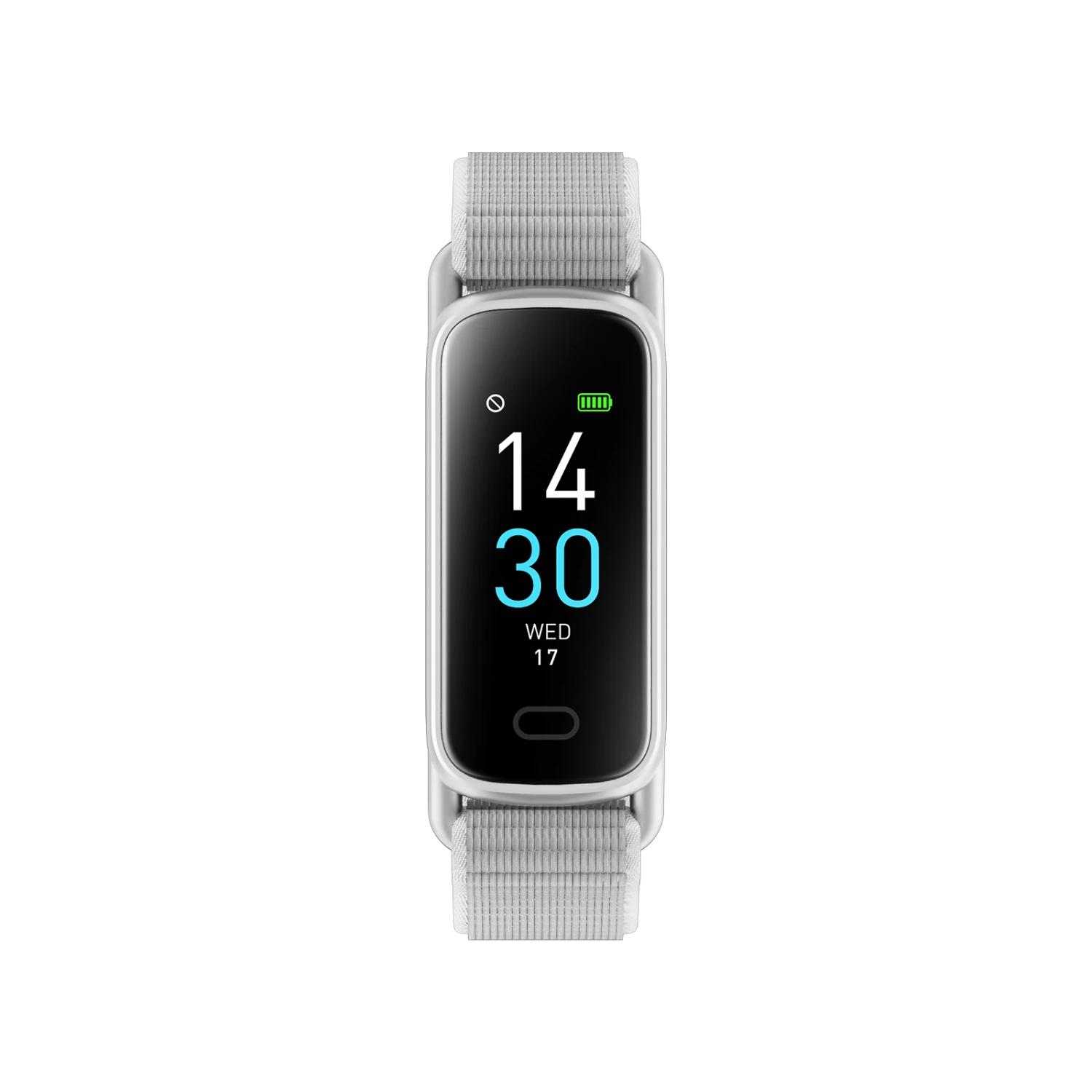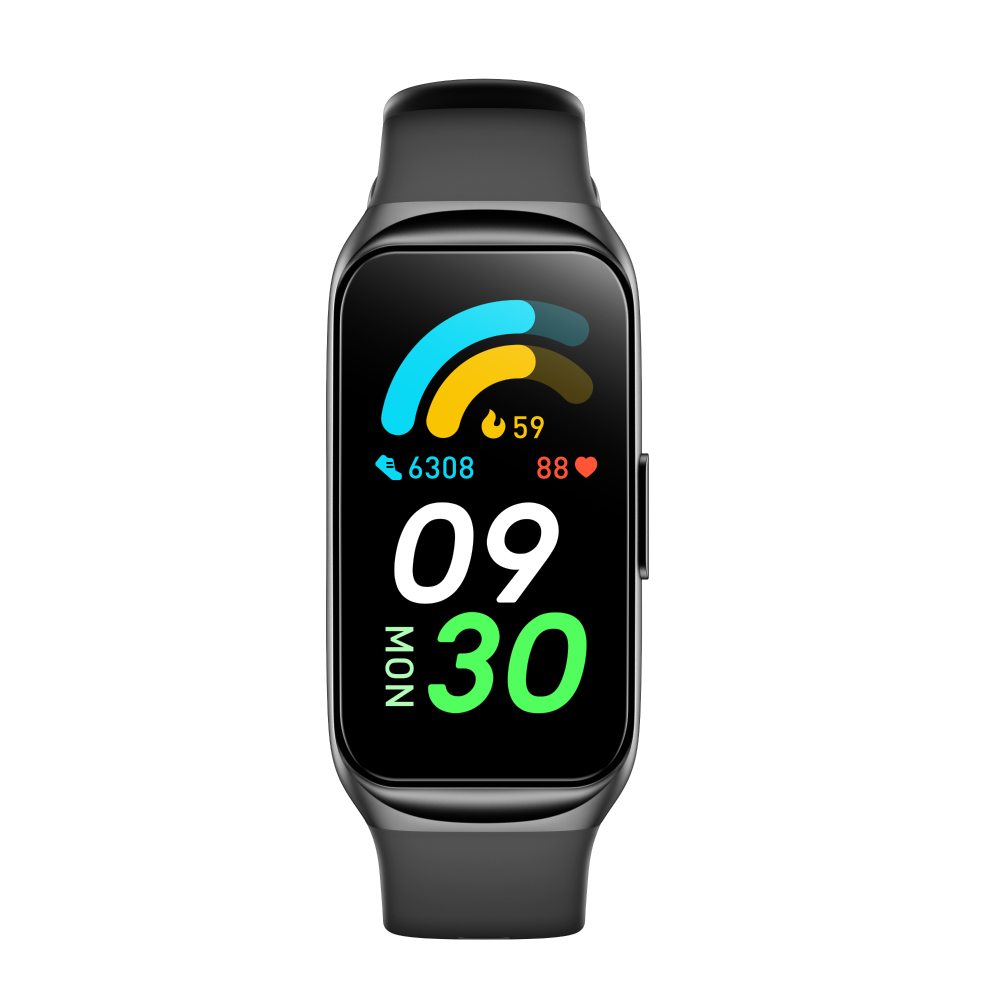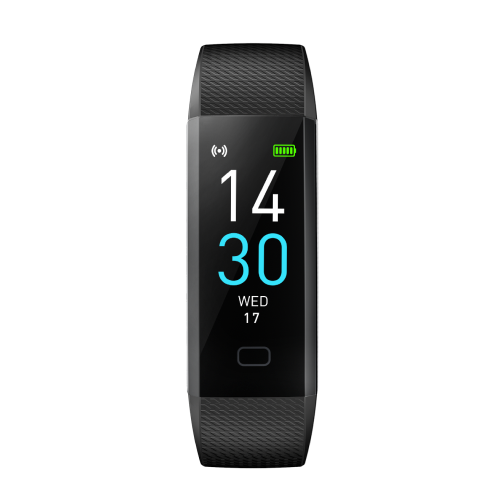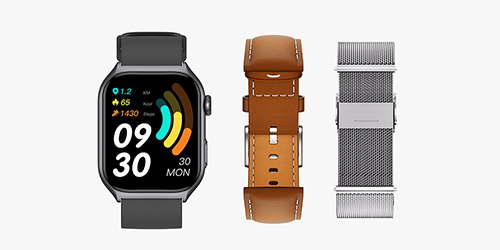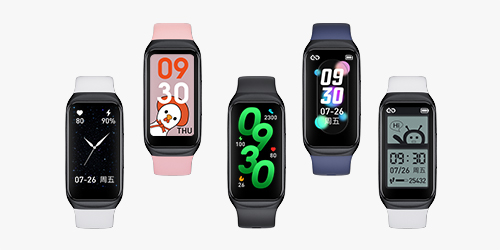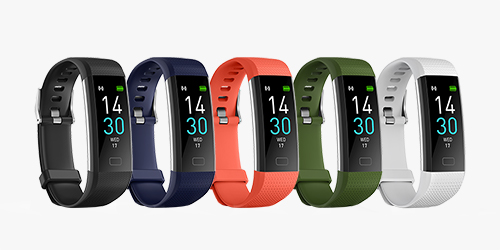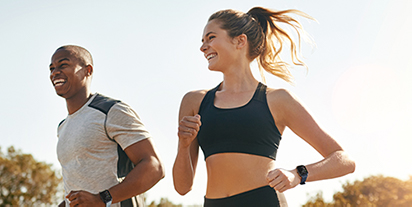What comes to your mind when you think about Yoga and Pilates? I immediately think of a warm and bright room, with soft mats and calm music, full of serenity and relaxation. We can strive to improve mental relaxation and physical health, with other like-minded people in this welcoming community vibe.
Yoga and Pilates are popular full-body, low-impact exercises suitable for all fitness levels. Both share similarities in movements like stretching, core strengthening, balance poses, and flexibility exercises; for example planks, bridges, and leg stretches. They emphasize mindful movement and breath control, aiming to harmonize the mind and body.
Although they both focus on improving flexibility, strength, and mental focus, they have different origins, goals, and methods.
What Is Yoga?
Yoga is an ancient practice that can be traced back to India over 5,000 years ago. It is a holistic system that integrates physical postures (asanas), breathing techniques (pranayama), meditation, and mindfulness to promote physical, mental, and spiritual well-being. There are many different styles of yoga, including Hatha, Vinyasa, Ashtanga, and Bikram, each with varying levels of intensity and focus.
Key components of Yoga:
- Physical postures: Aim to increase flexibility, strength, and balance.
- Breath control: Encourages deep, mindful breathing to relax the mind and body.
- Meditation and mindfulness: Focuses on achieving mental clarity, relaxation, and stress reduction.
- Spiritual aspect: Can include philosophies on life, self-awareness, and connection to the world around you.
What Is Pilates?
Pilates was developed in the early 20th century by Joseph Pilates, as a form of injury recovery and strengthening for dancers. It focuses on building core strength, improving posture, and developing control over the body. While it has some similarities to yoga, Pilates is more structured and may include equipment such as reformers or resistance bands. As of 2023, over 12 million people practice Pilates.
Key components of Pilates:
- Core strength: Emphasizes strengthening the deep muscles of the abdomen and back.
- Alignment and posture: Focuses on precise, controlled movements to improve posture.
- Flexibility: Helps improve overall flexibility, but the movements are usually more targeted and structured.
- Breathing technique: In Pilates, breathing is used to support movement and engage muscles, particularly the core.
Key Differences Between Yoga and Pilates
| Aspect | Yoga | Pilates |
| Origin | Ancient India | 20th-century Germany |
| Focus | Mind-body connection, flexibility, and relaxation | Core strength, alignment, and control |
| Techniques | Asanas, pranayama, meditation | Controlled movements and breathing |
| Breathing | To relax and deepen stretches, comes with various breathing exercises | To support movements and engage the core muscles |
| Spirituality | Often incorporates spiritual elements | More fitness-focused, less spiritual |
| Equipment | Primarily mat-based | Uses specialized equipment (Reformer) and mat |
Which Is Right for You?
Choosing between Yoga and Pilates depends on what you want to achieve. There are several factors to consider to ensure you find the best-fit practice:
- Your Goals: Are you focusing on flexibility, core strength, or relaxation?
- Fitness Level: Beginners may prefer gentler styles, while advanced options offer more intensity.
- Injury or Limitations: Choose a practice that accommodates any physical conditions you have.
- Intensity: Decide if you want a slow, relaxing practice or a more vigorous workout.
- Time Commitment: Consider how much time you can dedicate to each session.
Choose Yoga If You:
- You’re interested in mindfulness and meditation practices.
- You want to reduce stress and improve flexibility.
- You’re interested in holistic practices for physical, mental, and spiritual growth.
- You want a low-impact workout that focuses on breathing and mind-body awareness.
- You are looking for slower, longer, more relaxed sessions with deeper relaxation.
Choose Pilates If You:
- You want to strengthen your core, improve posture, and target specific muscle groups.
- You’re recovering from an injury and need a low-impact workout for rehabilitation.
- You prefer a structured and controlled workout focused on muscle toning.
- You’re looking for a more fitness-oriented exercise routine.
- You want a short, effective exercise session, especially for core strength.
Conclusion
Choosing between Yoga and Pilates depends on your goals—stress relief or strength building, flexibility or core control, holistic approach or fitness focus. Combining both offers a balanced routine.

